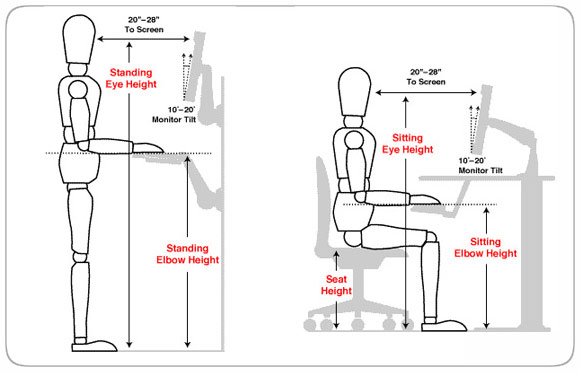WORKER AT A FIXED WORKPLACE
Many jobs require the worker to remain at a specified workstation. When the nature of the work is primarily manual (such as sorting, inspecting, making entries, or assembly operations), the focus of work design is on simplifying the work method and making the required operator motions as few and as easy as possible.
There are two basic ways to determine the best method when a methods analyst studies a single worker performing an essentially manual task. The first is to search among the workers and find the one who performs the job best. That person’s method is then accepted as the standard, and others are trained to perform it in the same way. This was basically F. W. Taylor’s approach, though after determining the best method, he searched for “first-class men” to perform according to the method. (A first-class worker possessed the natural ability to do much more productive work in a particular task than the average. ] Workers who were not first class were transferred to other jobs.) The second way is to observe the performance of a number of workers, analyze in detail each step of their work, and pick out the superior features of each worker’s performance. This results in a composite method that combines the best elements of the group studied. Frank Gilbreth, the father of motion study, used this procedure to determine the “one best way” to perform a work task.

Taylor observed actual performance to find the best method; Frank Gilbreth and his wife Lillian studied movie film as shown on the right. Through micromotion analysis—observing the filmed work performance frame by frame—the Gilbreths studied work very closely and defined its basic elements, which were termed therbligs (“Gilbreth” spelled backward, with the t and h transposed). As part of his work, Gilbreth constructed wire representations of the path of motion. Their study led to the rules or principles of motion economy, such as “The hands should begin and complete the motions at the same time” and “Work should be arranged to permit natural rhythm.”
